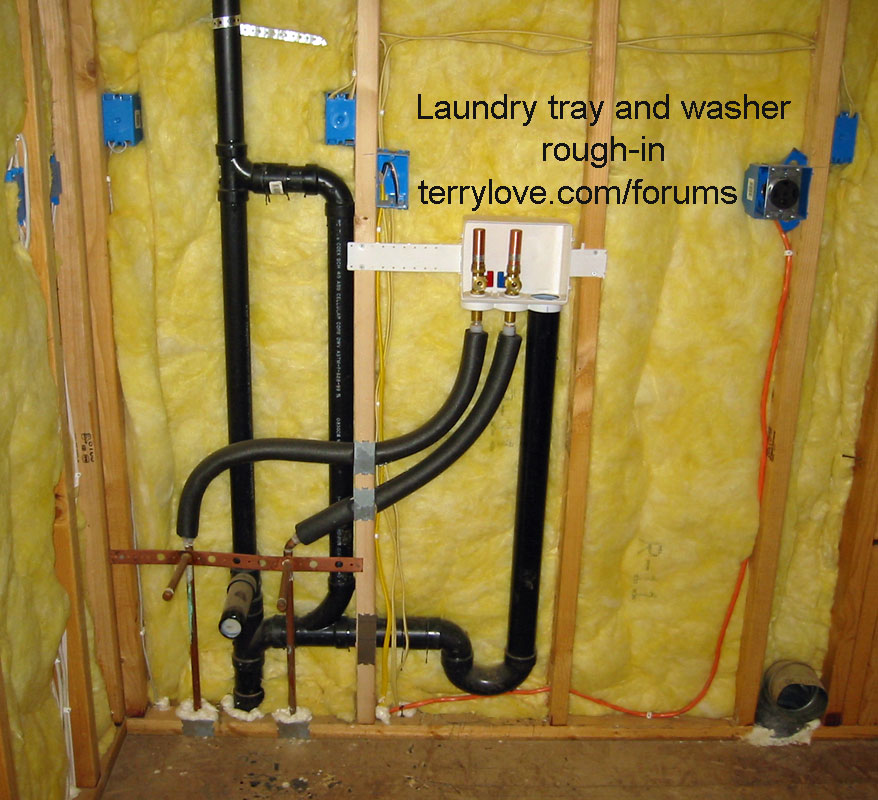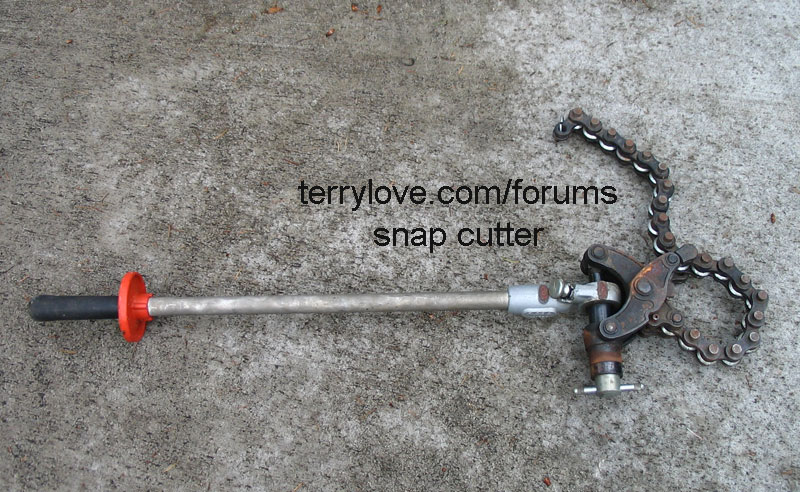Hello I'm installing a utility sink in my basement. The plumbing in my apartment is fairly simple i think. The kitchen and downstairs bathroom share a wall and the upstairs bathroom is right above that one. In my basement directly below there is a cast iron drain pipe that goes from the ceiling straight down into the cement floor, most of it is 4" in diameter. The main hot and cold water shutoffs are on the celling a couple feet away.
My washing machine currently is located against the wall, its just to the right side of the drain pipe and a couple feet behind it . The cold and hot water hookups for the washer are above the washing machine on the wall. On the left side of the iron pipe, 9 inches above the floor is a flat 6 sided threaded iron plug with 2" black abs pieces sticking out. Theres a few inches straight out then a small trap with a tall vertical piece on it . Its stands as tall as my washing machine but is not very rigid. My 5' washing machine drain hose just stretches across and up to it.
My plan is to move the washing machine several feet to the right and to place a utility sink where the washer is now. Longer washer supply hoses (7ft) will reach the washer. Im thinking about upgrading to the noburst kind. Why are washer hoses such a problem but not all the other supply hoses, like the kind beneath my sinks and toilets? It it because of the speed the washer shuts off or the large screw on couplings? Actually the braid on the hoses under my bathroom sinks are really really rusty, maybe i do have something to worry about there too? I believe i should put some y-thingy on the hot and cold and run supply hoses for both the washer and sink What I'm not so clear on is how i should run the drains for the sink and washer??? Whats the best way to do that?
My washing machine currently is located against the wall, its just to the right side of the drain pipe and a couple feet behind it . The cold and hot water hookups for the washer are above the washing machine on the wall. On the left side of the iron pipe, 9 inches above the floor is a flat 6 sided threaded iron plug with 2" black abs pieces sticking out. Theres a few inches straight out then a small trap with a tall vertical piece on it . Its stands as tall as my washing machine but is not very rigid. My 5' washing machine drain hose just stretches across and up to it.
My plan is to move the washing machine several feet to the right and to place a utility sink where the washer is now. Longer washer supply hoses (7ft) will reach the washer. Im thinking about upgrading to the noburst kind. Why are washer hoses such a problem but not all the other supply hoses, like the kind beneath my sinks and toilets? It it because of the speed the washer shuts off or the large screw on couplings? Actually the braid on the hoses under my bathroom sinks are really really rusty, maybe i do have something to worry about there too? I believe i should put some y-thingy on the hot and cold and run supply hoses for both the washer and sink What I'm not so clear on is how i should run the drains for the sink and washer??? Whats the best way to do that?



